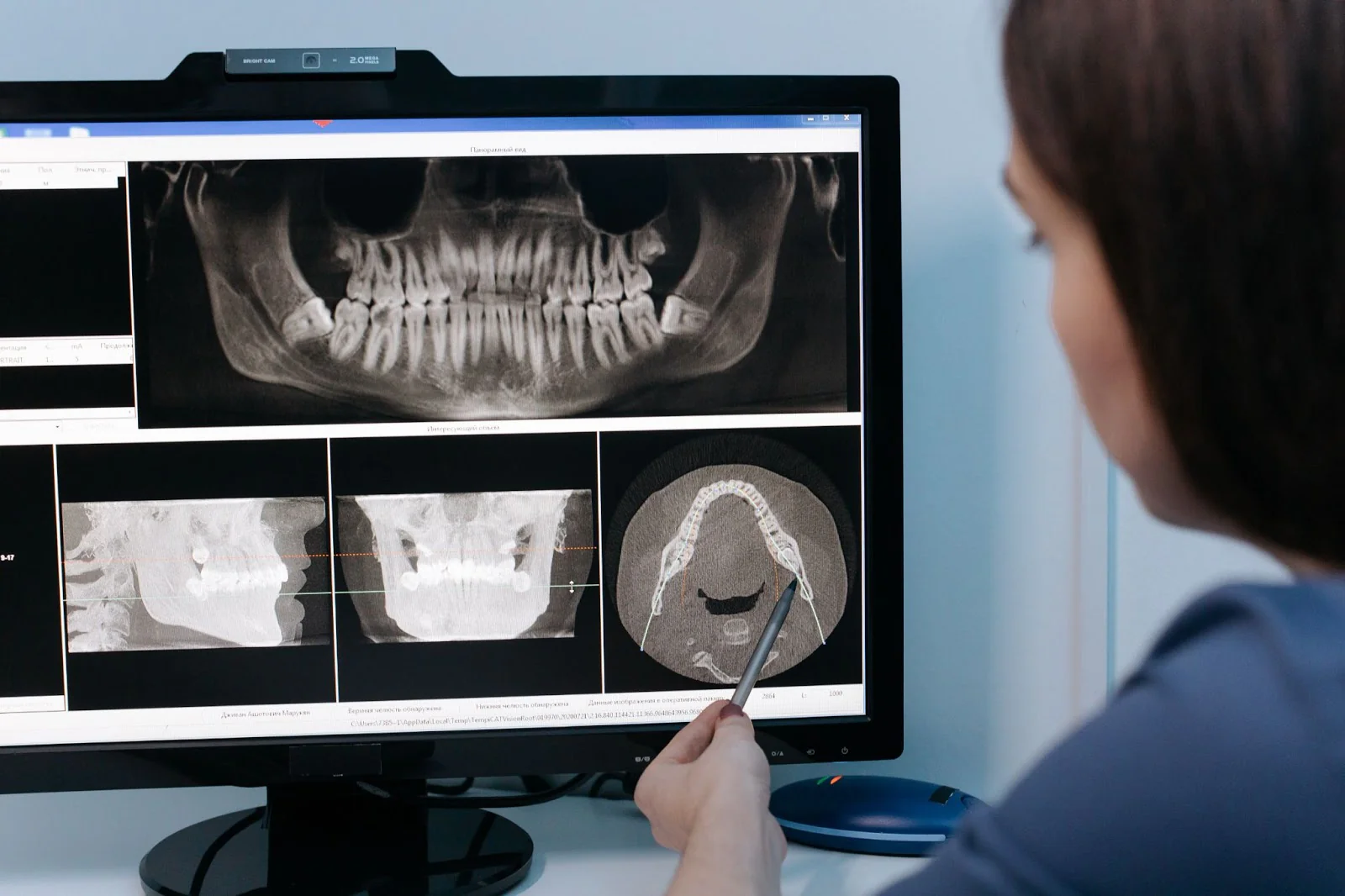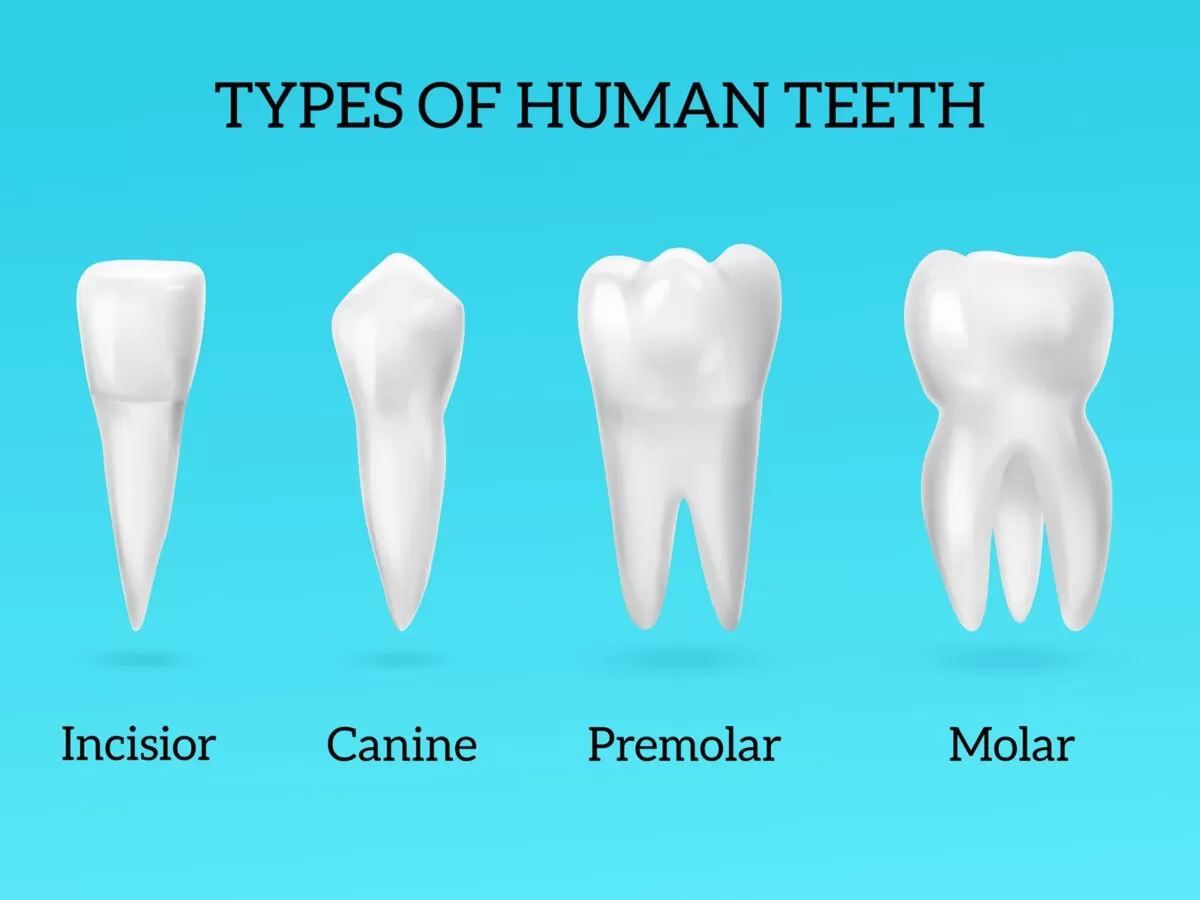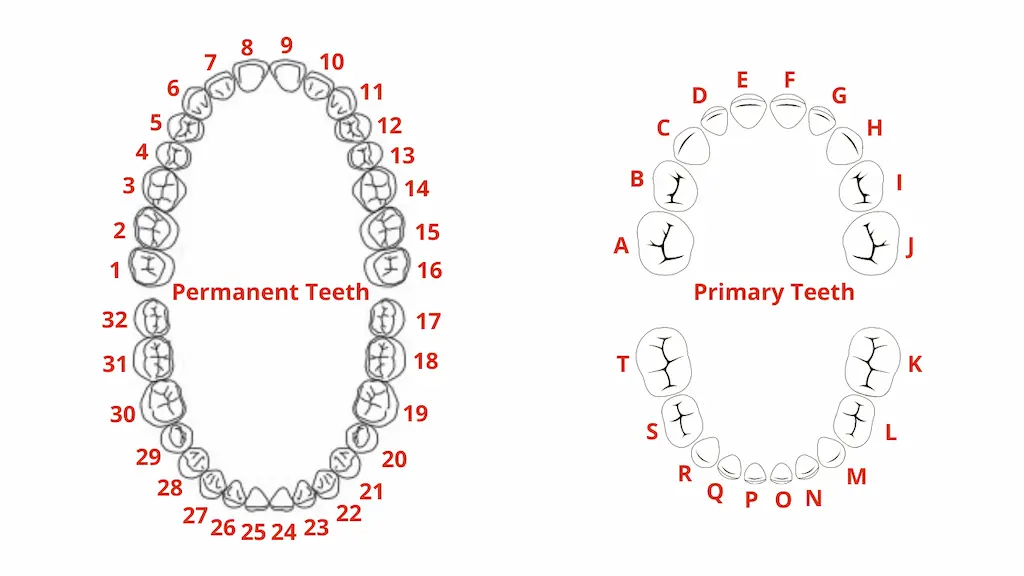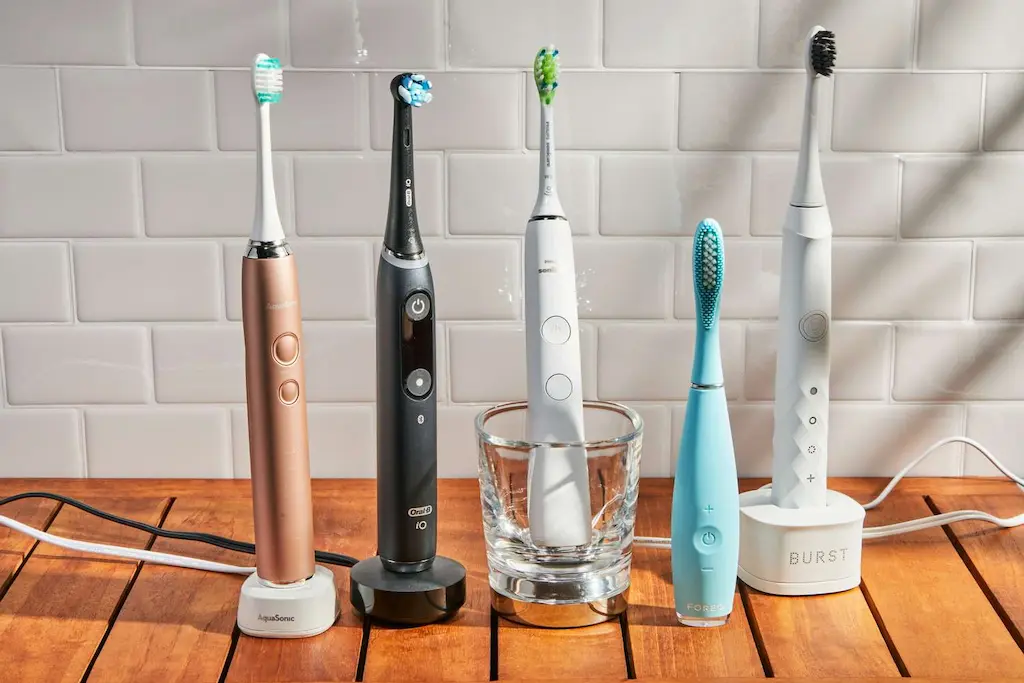Submit Request ...
-
Forums
How Many Teeth Do We Have? By Age, Teeth Names, & Numbering

Our teeth are some of the most important parts of our bodies. Without them, we wouldn’t be able to chew any hard food and get vital nutrients from many fruits and vegetables. While we all start off with a full set of baby teeth, soon enough those teeth fall out and are replaced by a set of adult teeth designed to last for the rest of our lives.
Most human adults have a full set of 32 adult teeth. This is 12 more than the number of baby teeth we begin life with (20). However, the majority of people these days have the last four teeth to grow in removed during a dental procedure.
Wisdom teeth emerge last and are removed for a variety of reasons, ranging from infection risk to smile aesthetics and more. All adult teeth are irreplaceable, so if they are knocked out or fall out they must be replaced by a dental implant.
Let’s take a closer look at human teeth and dive into some more specifics so you can appreciate the tools that make enjoying your favorite foods possible.
Does Everyone Have 32 Teeth?
Technically, no.
For starters, all people first grow a set of 20 baby teeth as infants. These teeth start to develop before you’re born (just like your adult teeth) but don’t fully emerge until between 6 and 12 months after birth.
Then, once you reach the age of five or six, the baby teeth fall out and make way for adult teeth.
Although most adults develop a full set of all 32 teeth, there are some exceptions. Some people never develop their wisdom teeth, for instance, through genetic mutations. Other people may have fewer than average teeth because of similar genetic happenstance.
Dentists usually catch tooth-count anomalies early, as they take x-rays of teeth from the earliest dental cleaning appointments. All of your adult teeth are actually present in your skull from birth – they just take time to “erupt”.

What Are the 4 Types of Teeth?
The 32 adult teeth that comprise a full set are themselves classified into four types of teeth. Each tooth type has a specific role for chewing or grinding down food and has a slightly different shape.
Incisors
Your incisors include the four front teeth on both the top and bottom of your mouth, so there are eight total. As their name suggests, incisors are used for slicing and cutting food, as well as pulling teeth into your mouth. If you tear chicken from a drumstick, for example, your incisors help to make it happen by gripping the food tightly.
Incisors are also interesting since they can help you detect the texture and type of food you’re putting in your mouth.
Canines
Your canines number four: they are the pointy “vampire” teeth on the top and bottom of your mouth. Also called cuspids, these are used to tear and grab food like meat or fruit, as well as to puncture the skin of vegetables or animal flesh.
Premolars
You have eight premolars if you have a full set of adult teeth. They’re between the cuspids and the molars (the very back teeth in your mouth), although they are more similar in appearance to molars. Their big difference from regular molars is the presence of cuspids, which help to grip and tear food. For this reason, premolars are also sometimes called bicuspids.
Molars
Lastly, you have eight molar teeth on top and bottom, as well as another four molars called the wisdom teeth. Your molar teeth have broad chewing surfaces, serving the purpose of grinding food down into small boluses before swallowing. Wisdom teeth are particularly durable, but most adults don’t use their wisdom teeth for a variety of reasons.

What Is the Universal Numbering System for Teeth?
In the United States, the American Dental Association uses a Universal Numbering System to notate different teeth and to help dentists quickly communicate with one another when they need to talk about specific teeth or discuss upcoming surgeries.
The numbering system operates from the assumption that a dental practitioner is looking into an open mouth and begins clockwise starting from the farthest right maxillary (upper) tooth.
For example, the uppermost and rightmost molar is called the third molar, and it’s number 1. The next is the second molar, numbered 2, and so on.
What Are Milk Teeth?
Infants’ milk teeth actually start to develop before they are born. But the teeth don’t puncture through the gums until the ages of 6 to 12 months. The full set of milk teeth are grown by the time children are three on average.
The teeth are then used for chewing and grinding food until the ages of five or six. The teeth then start to fall out and make way for adult teeth.
When Do Teens Get All of Their Teeth?
Teens experience tooth loss progressively, likely as an evolutionary adaptation to reduce any time periods where no teeth are available. As a result, children lose all of their baby teeth and have a full set of adult teeth by the ages of 12 to 14.
Why Do Adults Have More Teeth Than Kids?
Simply put, it’s because of mouth size. Babies don’t have enough room to hold a full set of adult teeth, but they still need teeth to chew their food. Therefore, babies have an impermanent set of teeth they can use until their mouths are large enough to accommodate full adult teeth.

Does Everyone Need Their Wisdom Teeth Removed?
No, but most do. It’s thought that wisdom teeth were essential for early humans, whose diet consisted of tough roots, leaves, nuts, and uncooked meat. The wisdom teeth helped to grind food down much more thoroughly.
These days, almost all of our food is cooked. So we no longer need wisdom teeth. Wisdom teeth crowd most adults’ mouths when they erupt and can lead to crooked smiles, cavities, and even broken teeth.
So most adults decide to get their wisdom teeth removed sometime in their late teens or early 20s. On rare occasions, your wisdom teeth may not need to be removed. For example, maybe your mouth is large enough to accommodate all your teeth without crookedness, or your wisdom teeth are smaller than average.
How Can I Take Care of My Teeth?
Regardless of the number of teeth you have, you have to take care of them through thorough brushing technique and regular flossing.
Let’s break down how you can take care of your teeth to avoid cavities and other dental issues.

A New Generation Toothbrush
Manual toothbrushes are no longer recommended as the go-to solution for thorough dental health. Nowadays, dentists recommend electric toothbrushes with heads situated at 45° angles for maximum efficacy.
Mouthwash
It’s also a good idea to invest in a mouthwash. Mouthwashes can remove plaque and germs and make it difficult for plaque to form for up to 24 hours after use. Even better, they can freshen your breath.
The Right Toothpaste
You’ll want to combine your electric toothbrush with quality toothpaste preferably infused with fluoride (unless you have health reasons to avoid this re-mineralizing agent).
Conclusion
In summary, average human adults have 32 teeth, whereas all babies start off growing a set of 20 “milk teeth”. Over time, baby teeth are replaced by adult teeth and most people get their wisdom teeth removed in early adulthood to preserve the straightness of their teeth and avoid dental complications.
No matter how many teeth you happen to have, be sure to take care of them using a top-tier toothbrush, a quality toothpaste, and a thorough mouthwash that can get rid of plaque and germs.
Articles are reviewed by Dr. Moein Taghvi. This information is for educational purposes only. This content is not intended to be a substitute for professional medical advice, diagnosis or treatment. Always seek the advice of your dentist, physician or other qualified healthcare provider.
Please let us know what you think!